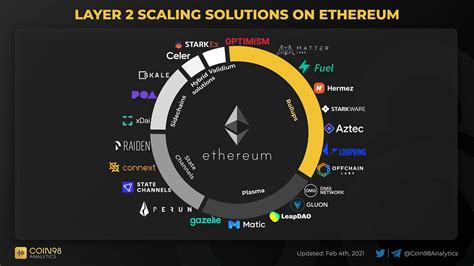Understanding Coinbase transactions: Etherum extraction guide and pool formation
As a cryptocurrency enthusiast, you are familiar with the contact of cryptocurrencies such as bitcoin and Ethereum as we varies actions between users. Howver, one of the transactions of Aspe of thees can be beginners: Understanding the Coinbase transaction format.
In this article, we will delete Coinbase transactions, terrators specification. We will also study how to minor work process and form internal use of the pool.
Coinbase transaction format
The Coinbase deal is essentially a series of cryptographic operations that check and transfer. The coin transaction format, typical consists of the main basic components:
Transaction ID : Unique transaction identifier, it is generated by the sender's Etherum account.
Login script : script that defines the transactions involved in the block (more about it below).
output script :
Introduction script
The input script is the root of the Merkle tree, it is that of transactions. It is used to check the correctness of the transaction and ensures that all necessary inputs are available. The typical entry script consists of several scripts:
0x01: the first script to enter
0x02: Second script for entry (optional)
- ... (up to a maximum of 31 input scripts)
Output script
The output script indicates the Ethereum Ethereum account and their coin balance. It also includes information on any administrative results, to dry as a taxi or change.
Merkle Tree Roots
Merkle This is a task of data that allows the transaction correctness to be effective. The test of the test consists of all input scripts, it is together together.
Coinbase transaction exit scripts **
The output script indicates:
0x00: Ethereum's Ethereum Account
0x01: Ethereum's Ethereum account and their balance
Production Requirements
To the crate internal pool or generation of mining to use Coinbase, you will need to:
Create a new transaction : Send a transaction with the desired entrances and outputs.
Sign the transaction : Use your personal to sign the transaction.
Share the transaction (optional) : You can share the transaction on public channels such as Coincheck or Smart Chain Binance.
Create an internal pool
To the crate indoor pool use Coinbase, you will need:
Create a new account : Set a new account in your preferred exchange platform.
Send a block of transactions : Send a series of transactions that form on blockchain.
Configure the pool settings : Set the pool configuration, including its waters and a network (eg, Ethereum Mainnet).
Sample Coinbase transaction 
Here's an example of a Coinbase transaction:
`json
{
"Transaction": {
"ID": "0x1234567890abcdef",
"Inputs":
{
"Script": "0x01",
Data: “0x000000000000000000000000000000000000000000000000000000000000
},
{
"Script": "0x02",
Data: “0x0000000000000000000000000000000000000000000000000000000001
}
],
"Outputs":
{
"Address": "0x1234567890abcdef",
"Balance": 100,
"Fee": 10
}
)
}
}
In this experience, the transaction has two input scripts (0x01 and0x02) that determine the output script indicates the account and the balance of the recipient.